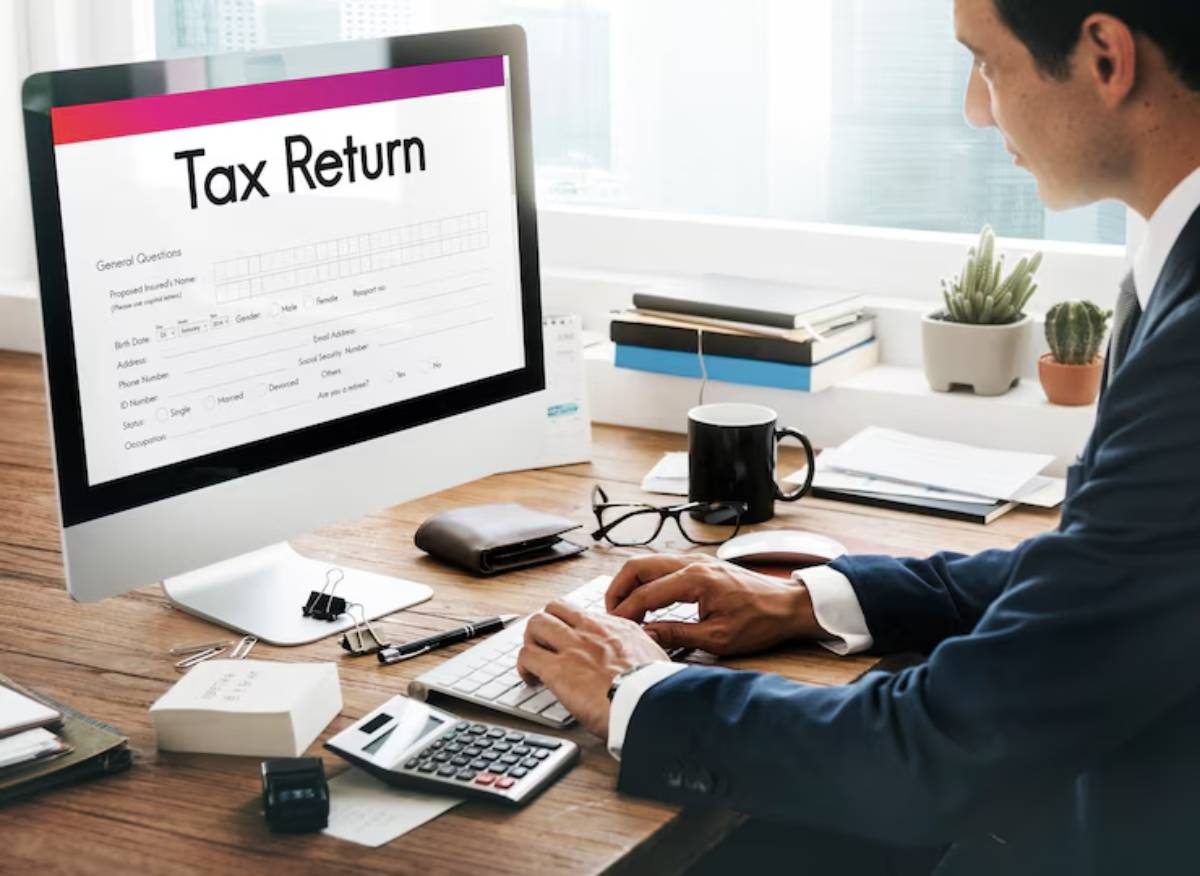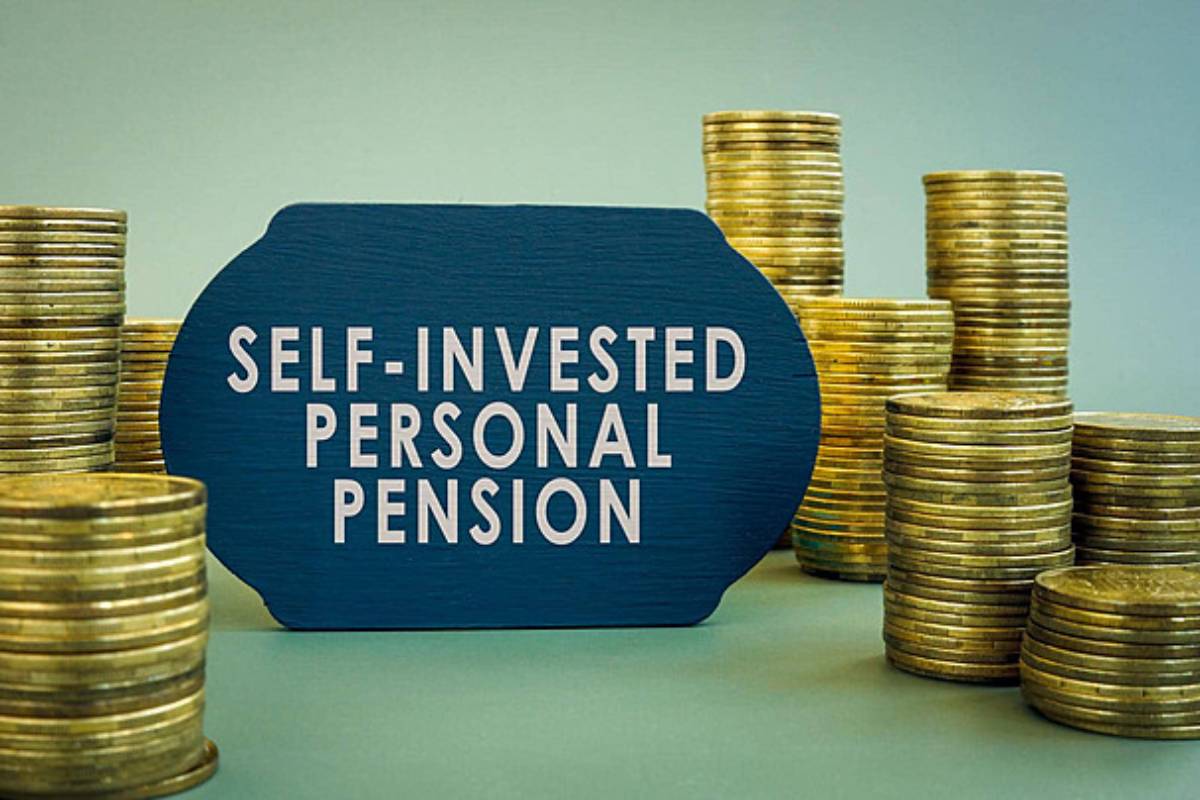
How to Minimise Taxes on Investment Returns
You’ve made smart investment decisions, watched your portfolio grow, and now you’re reaping the rewards. But here’s the catch: if you’re not strategic about taxes, a significant slice of those hard-earned gains could go straight to the taxman.
Understanding how to minimise taxes on your investment returns isn’t just about saving a few pounds—it can be the difference between reaching your financial goals sooner or working several extra years.
In this expert-backed guide, we’ll break down effective tax strategies, help you avoid costly mistakes, and show you how to make the most of your investment journey.
Understanding the Core: Investment Taxes Explained
What Are Investment Taxes?
Investment taxes are levies applied to the earnings you make from various assets such as stocks, bonds, mutual funds, ETFs, property, and other investments. Types of taxable investment income include:
- Capital Gains: Profits from selling an investment for more than you paid.
- Dividends: Earnings distributed by companies to shareholders.
- Interest Income: Earnings from savings accounts, bonds, and other fixed-income products.
Why Are They Important?
Every pound paid in unnecessary taxes is a pound lost from your future wealth. By understanding the rules and applying strategic planning, you can significantly minimise the impact of taxes on your investment returns.
Explore more strategies in:: Strategies for Investors
Quick Reference Checklist: Key Steps to Minimise Investment Taxes
- Maximise tax-advantaged accounts (ISAs, SIPPs)
- Utilise annual tax allowances fully
- Choose tax-efficient investments
- Employ smart investment timing
- Harvest losses strategically
- Hold investments long-term where possible
- Regularly review your portfolio for tax opportunities
Pro Tip: Prioritise ISA contributions
Step-by-Step Guide: How to Practise Smart Tax Strategies
1. Use Tax-Advantaged Accounts
ISAs (Individual Savings Accounts):
- No income tax or capital gains tax
- Annual allowance: £20,000 (2025)
- Includes Stocks & Shares ISAs, Cash ISAs, Lifetime ISAs
SIPPs (Self-Invested Personal Pensions):

- Contributions receive income tax relief
- Investment growth is tax-free
- Withdrawals are taxed, but 25% is tax-free
Important Tip: Max out your ISA before using taxable accounts.
2. Make the Most of Your Annual Tax-Free Allowances
In the UK, annual exemptions include:
- Capital Gains Tax Allowance: £6,000
- Dividend Allowance: £500
- Personal Savings Allowance: £1,000 (basic-rate taxpayers)
3. Select Tax-Efficient Investment Vehicles
Consider:
- Accumulation ETFs and Funds: Reinvest dividends automatically
- Government Bonds: Some are income tax-free
- VCTs (Venture Capital Trusts): Income tax relief (note: high risk)
Explore further in: Tax Efficiency: Index Funds vs. ETFs
4. Invest for the Long-Term

- Fewer taxable events
- Capital gains only taxed upon sale
- The “buy and hold” strategy supports long-term growth and efficiency
5. Harvest Losses
Tax-Loss Harvesting involves:
- Selling underperforming assets
- Using losses to offset gains
- Reinvesting in similar (not identical) assets to maintain market exposure
Caution: Avoid breaking the 30-day wash sale rules in the UK.
6. Time Your Investment Sales
- Postpone sales to stay in a lower tax bracket
- Utilise CGT allowance annually
- Spread gains across multiple tax years when feasible
7. Consider Family Tax Planning
- Transfer assets between spouses
- Use Junior ISAs for children
- Be aware of inheritance tax on gifts within seven years
8. Review Investment Wrappers Regularly
- Adapt to changes in income or legislation
- Ensure your investments remain in the most efficient accounts
Important Notes
- Use your annual allowances (they don’t roll over)
- Understand fund turnover and its tax implications
- Drawdown strategies in retirement can reduce long-term tax burdens
Best Practices & Additional Insights
Combining ISAs and SIPPs
- ISAs for flexibility
- SIPPs for retirement
- A balanced dual-approach maximises efficiency
Choose Your Fund Structure Wisely
- OEICs may offer tax advantages
- ETFs often reduce capital gains via in-kind creation structures
Managing Capital Gains Through Fund Switching
- Rebalance using similar funds within your CGT allowance
Ethical and Sustainable Investments
- Some green/ESG funds offer tax advantages
- Align your financial plan with your values
FAQs: Common Questions About Minimising Taxes on Investments

What is the best way to avoid capital gains tax?
Use ISAs and SIPPs. Otherwise, plan your sales to fall within annual CGT exemptions.
Are dividends from investments taxable?
Yes. But the first £500 of dividend income is tax-free in 2025. Shelter dividends in an ISA.
Can I offset investment losses against income?
No. Capital losses can only offset capital gains.
Is tax-loss harvesting worth it?
Yes. In volatile years, it can reduce your total tax burden significantly.
What happens if I exceed my capital gains allowance?
You must report the gain via Self-Assessment and pay CGT at 10% or 20%, depending on your income.
Strategic Tax Planning
Strategic tax planning is essential to preserving and maximising your investment returns. By leveraging ISAs, SIPPs, smart fund choices, and careful withdrawal timing, you can significantly reduce your tax burden and accelerate your financial goals.
Start implementing these strategies today to keep more of what you earn and move closer to financial independence.